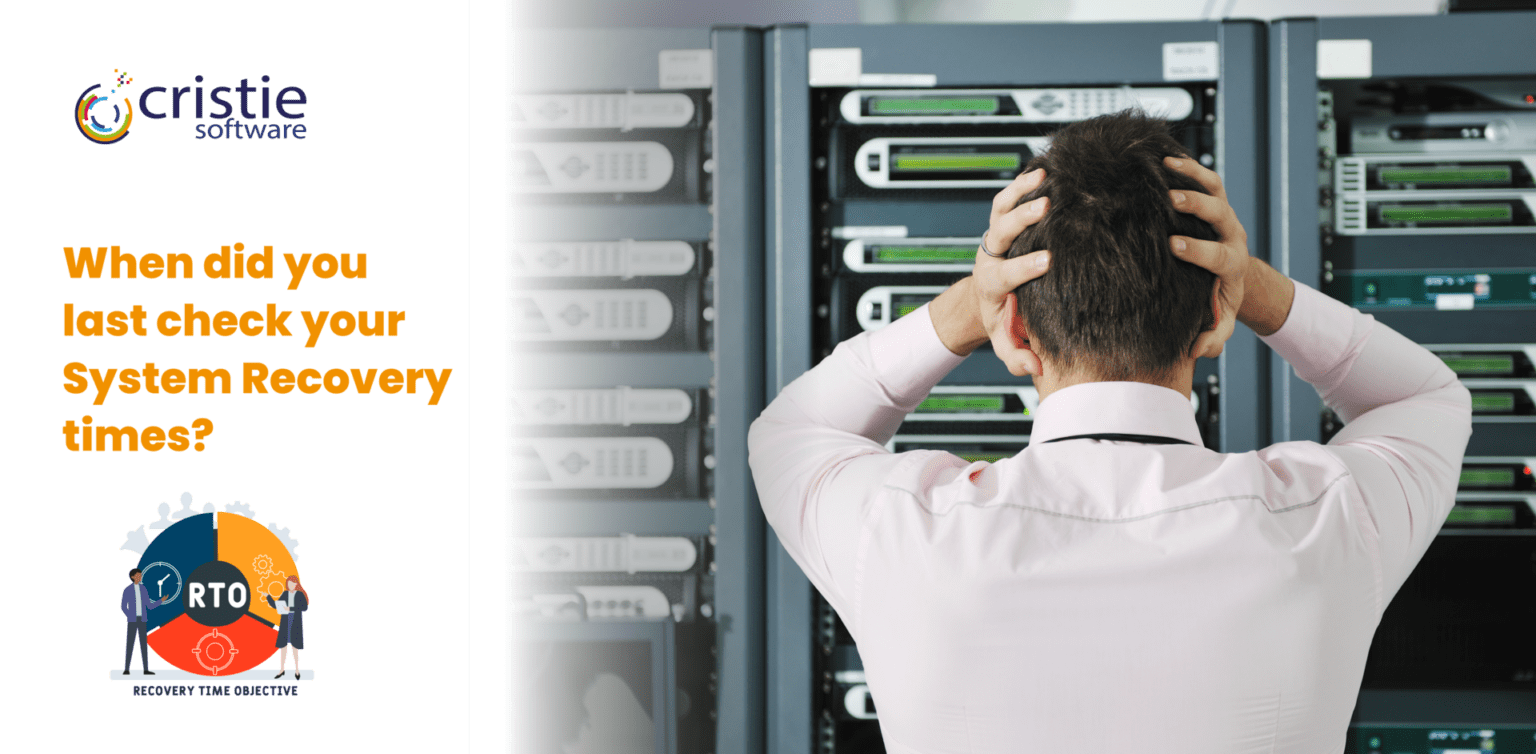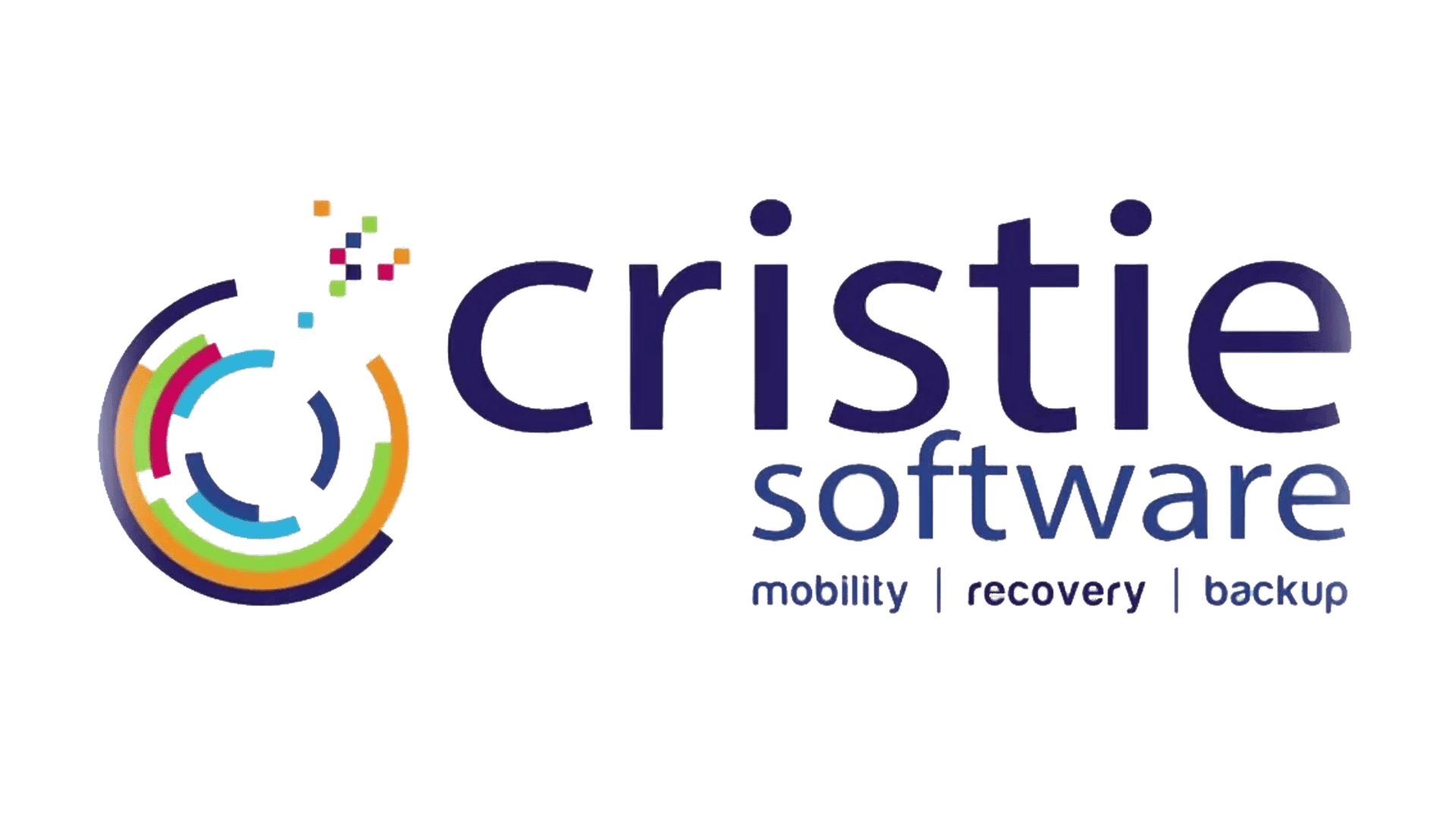
Keeping system recovery time to a minimum following any outage is vital for many reasons; loss of revenue, poor customer experience, and diminished brand reputation are high on the list. There are several factors that affect system recovery time which are common to all outage scenarios, but there are additional factors that impact recovery time significantly if the outage is a result of cybercrime. We will consider here several scenarios impacting system recovery time and highlight ways in which Cristie Recovery solutions can reduce or mitigate these factors.
System recovery time in every scenario will be dependent upon the type of storage used to store the recovery image and the speed of the network connecting the storage device to the target system. Locally attached solid state storage such as a flash drive connected directly to the target system, or a flash-based storage array connected over a high-speed storage area network (SAN) will generally offer the fastest possible recovery. At the opposite end of the performance scale will be recovery images based on tape media and/or cloud-based images where recovery time will be governed by network connection bandwidth, and the performance of the cloud infrastructure serving the files. Careful consideration must therefore be made to ensure the chosen storage platform and network performance will meet Recovery Time Objectives (RTO).
In the absence of a complete and up-to-date system configuration image, system recovery for even a single system can easily extend from hours into days. Building a standby system from scratch will require physical configuration followed by operating system (OS) installation and most likely critical OS updates and security patches before applications can be installed. Likewise, applications may require patch updates ahead of installing any operational data and user configurations. For this process to run as smoothly and quickly as possible, all required OS and application installation files need to be readily available, either as physical media or via an external source such as an installation package manager. After the entire OS and application stack have been successfully installed there will often be a need for further configuration to add the target machine to the appropriate networks, and potential security configurations for any firewall and cybersecurity tools deployed. If this recovery process must be repeated for multiple systems, then clearly a large support team would be required to ensure RTOs are kept to a minimum. Installing and using a reliable and efficient system recovery solution which can automate recovery steps is therefore vital to avoid recovery times escalating into days or even weeks of downtime. Customers using Cristie Recovery software indicate real world recovery times as low as 10 minutes, assuming all best practices are followed.
Let us assume we have complete and up-to-date system configuration images for the systems we wish to recover. We are at great advantage in comparison to the scenario where we must build the recovery targets from scratch. However, there are still many opportunities for configuration issues to cause system recovery delays, especially when source machines and recovery targets are using dissimilar hardware. Generally, these issues will require manual intervention, extending recovery delays, and adding additional overhead to the total cost of downtime. Cristie Recovery software excels in eliminating manual intervention as much as possible through a range of powerful and intelligent recovery automation features that enable systems to be recovered, to and from, dissimilar platforms quickly and easily. System recoveries can be performed efficiently between physical, virtual and cloud platforms in any direction.
When migrating a system to a dissimilar platform there will inevitably be subtle differences in the underlying hardware that will require platform specific device drivers to enable the target machine to boot successfully. Traditionally these vital driver files would require manual intervention to complete installation plus additional reboot cycles before the target is ready to boot the recovery image without exceptions. Cristie Recovery software overcomes this time-consuming barrier by automatically inserting boot critical drivers for many common operating platforms, in addition to providing the ability to pre-configure custom driver configurations for target systems. Cristie Recovery software also provides extensive automation for additional pre- boot tasks such as automatic resource sizing and provisioning when migrating from physical to virtual machines, and post-boot actions such as automating network configuration changes and performing custom startup scripts for recovery systems.
If a system outage has resulted from a physical failure or natural disaster, you can generally assume that your operational data is free from malicious corruption. There may be incomplete transactions prior to the point of failure and certainly a storage device failure can result in data corruption with the need to rebuild data sets using technologies such as RAID on traditional systems. Recovery following a cyber-attack however adds the complication of data encryption and the need to determine the extent to which encryption has been performed, and consequently the last known point-in-time before any encryption had taken place. A ransomware attack will target and encrypt vital files and these compromised files can inadvertently be copied to data backup files rendering backups useless as a means of safe recovery. Cristie Recovery software includes patented file analysis techniques that incorporate file encryption detection which can be run following every system backup. File encryption activity reports, and graded alerts, are then presented via a security dashboard within the Cristie Virtual Appliance (VA) user interface. Alerts can also be provided by email and are recorded in event logs. Learn more about this powerful ransomware safeguarding feature in our recent article.
RTO refers to the amount of time that an application can be offline without causing significant damage to the business and the time spent restoring the application and its data to resume normal business operations after an outage scenario. Calculating RTO for important business services is often critical to ensuring Service Level Agreements (SLAs) can be met and/or to meet industry compliance regulations. The Cristie VA provides the ability to configure simulated recoveries with detailed reports on RTO which can provide vital insight into a firm’s recovery strategy, SLAs, or regulatory commitments. Reports can be generated for ongoing recovery operations to support management reporting, SLA verification, and disaster recovery (DR) self-assessments.
Cristie Software provides system recovery solutions that can deliver fast and efficient system recovery for basic installations, but also large-scale system recovery orchestration to ensure that complex tiered architectures can be recovered as quickly as possible with minimal intervention. The ability to undertake detailed system recovery simulations allows Cristie’s customers to have confidence in their RTO capabilities, and if required, meet the self-assessment requirements of regulatory compliance. Contact our team to learn how to deploy the most efficient System Recovery process for your organization.
New Mill, Chestnut Lane
Stroud, GL5 3EW
United Kingdom


